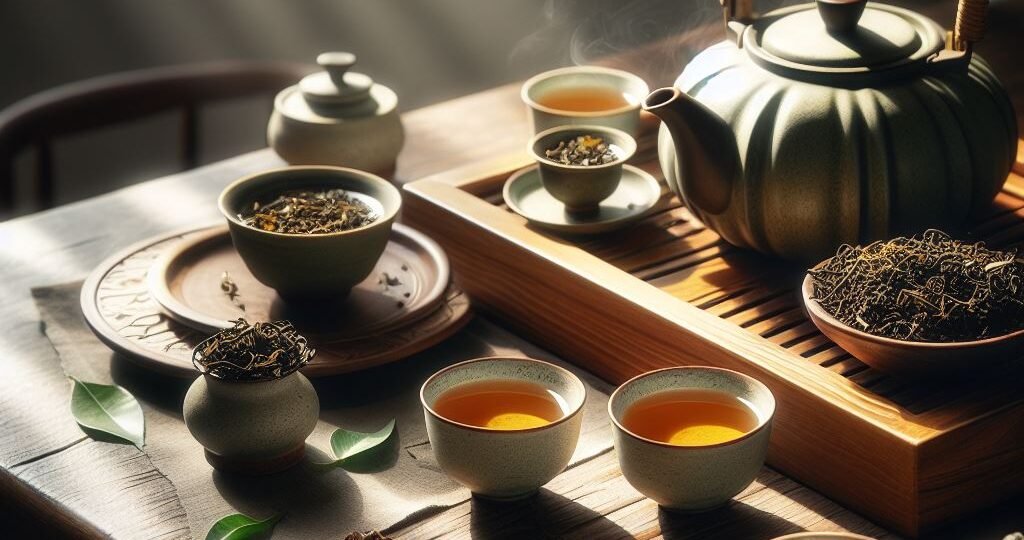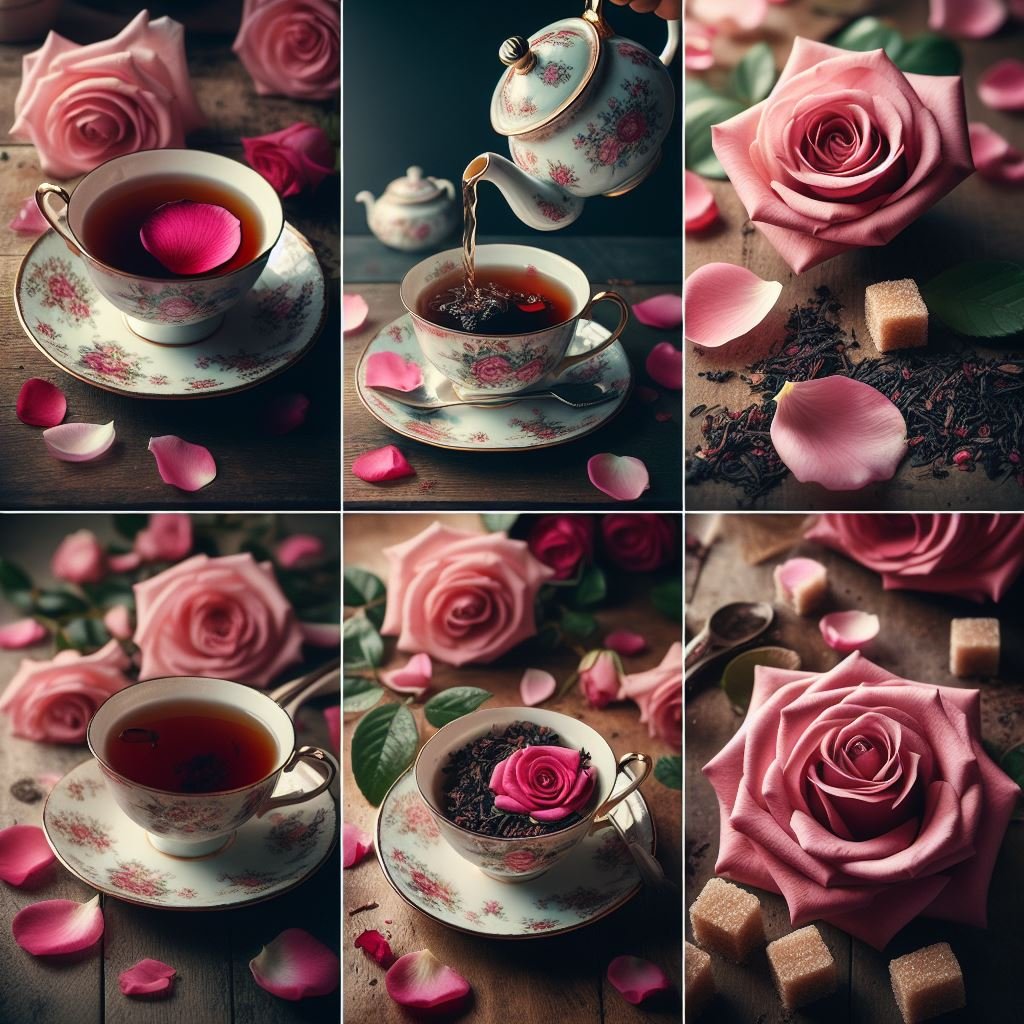
Introduction
Have you ever wondered what makes aged Oolong tea so special? Much like fine wine, certain teas can be aged to develop deeper, more complex flavors. Aged Oolong tea, a gem in the tea connoisseur’s collection, undergoes a transformation that not only changes its character but often increases its value and health benefits. This guide will introduce you to the art and science of aging Oolong tea, exploring how the aging process enhances its unique flavors and aromas over time.
Ready to dive into the captivating world of aged Oolong tea? Let’s get started!
The Art of Aging Oolong Tea
Aging tea is a practice rooted in history, with stored teas accidentally found to improve with age. Today, aging Oolong specifically is recognized as a deliberate craft, where the environment plays a crucial role in the development of the tea’s flavor profile.
Why Age Oolong Tea?
- Complexity and Smoothness: Aging can mellow out the harsher notes in the tea, allowing its more subtle flavors to shine through.
- Enhanced Aromas: Over time, aged Oolong can develop a rich, deep aroma that is impossible to achieve in younger teas.
- Health Benefits: Aged teas can contain higher levels of certain antioxidants, as the aging process may increase the bioavailability of these compounds.
How to Age Oolong Tea
- Choosing the Right Tea: Not all Oolongs are suitable for aging. The best candidates are typically darker or more oxidized Oolongs with a robust initial flavor.
- Storage Conditions: The key to aging tea properly is controlling the environment—humidity and temperature should be stable, and the tea should be protected from strong odors and light.
- Patience is Key: Aging tea is not a quick process. Some Oolongs can be aged for several decades, and the tea needs to be tasted periodically to monitor its development.
Types of Aged Oolong Tea
- Roasted Oolongs: These typically age well because the initial roasting process leaves them with a complexity that deepens over time.
- High Mountain Oolongs: While less common, these can also be aged if kept in optimal conditions, developing unique floral and creamy notes.
Enjoying Aged Oolong Tea
When it comes to enjoying aged Oolong, the preparation is similar to that of fresh Oolong but with a greater focus on extracting the deep, evolved flavors.
- Water Temperature: Use boiling water to help release the flavors from the older leaves.
- Steeping Time: Aged Oolong might require a longer steeping time to fully develop its flavors in the cup.
- Re-Steeping: Aged Oolong teas can often be steeped multiple times, with each infusion revealing a new layer of taste.
Conclusion
Aged Oolong tea offers a unique tasting experience that goes beyond the usual cup. For those who appreciate the nuances of tea, aging Oolong can be a rewarding endeavor—both as a practice and a taste exploration. Whether you’re a seasoned tea drinker or new to the world of Oolong, aged Oolong tea provides a bridge to the past, a taste of the meticulous art of tea aging.
I hope this exploration into aged Oolong tea inspires you to try this less-traveled path in the tea world. If you have any questions or need advice on how to start your own tea aging project, feel free to reach out. Happy brewing and tasting!
RELATED POSTS
View all


